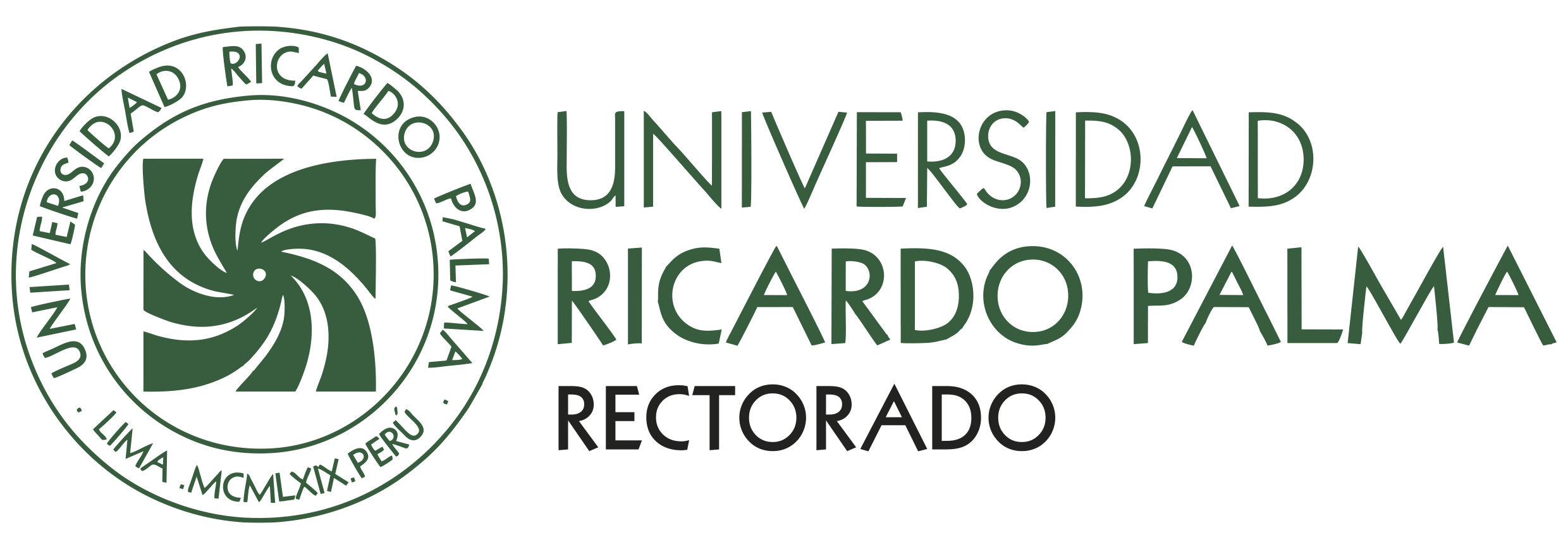Andean Cosmovision in «El niño del carrizo» by César Vallejo
DOI:
https://doi.org/10.31381/archivoVallejo.v2n3.5166Keywords:
César Vallejo, short story, «El niño del carrizo», Andean cosmovision, religiosity, sacred space, natureAbstract
«El niño del carrizo» by Vallejo narrates the quest of a reed that the young Miguel partakes when trying to decorate the bust of a religious statue during the Holy Week. This quest is embedded in the Andean cultural matrix, and the story explores the traversing of Miguel from a Western cosmovision to an Andean one. This crossing from one cosmovision to the other leads to the cultural finding of the character. Miguel’s perception is linked to cultural references, those of the landscape in which the story is inscribed to, such as Santiago de Chuco, where the Andean culture is manifested in its culli version, which Vallejo captures in depth. The episodic moments that Miguel shares with his plants, dogs, and the ecstatic moment when Miguel drinks water, characterize a conscious Andean gleam typical of Vallejo’s works. Water, for instance, acquires relevance since it is the medium that connects men with nature— with the Mother Earth. This paper approach is cultural; another useful methodology was to trace Santiago de Chuco’s oral tradition.
Downloads
Published
How to Cite
Issue
Section
License
Copyright (c) 2019 Macedonio Villafán Broncano

This work is licensed under a Creative Commons Attribution 4.0 International License.
Los contenidos publicados en la revista están bajo una licencia CC-BY 4.0, la cual permite:
- Compartir, copiar y redistribuir el material en cualquier medio o formato.
- Adaptar, remezclar, transformar y construir a partir del material para cualquier propósito, incluso comercialmente.
Bajo los siguientes términos:
- Atribución. Usted debe dar crédito de manera adecuada, brindar un enlace a la licencia, e indicar si se han realizado cambios. Puede hacerlo en cualquier forma razonable, pero no de forma tal que sugiera que usted o su uso tienen el apoyo de la licenciante.















